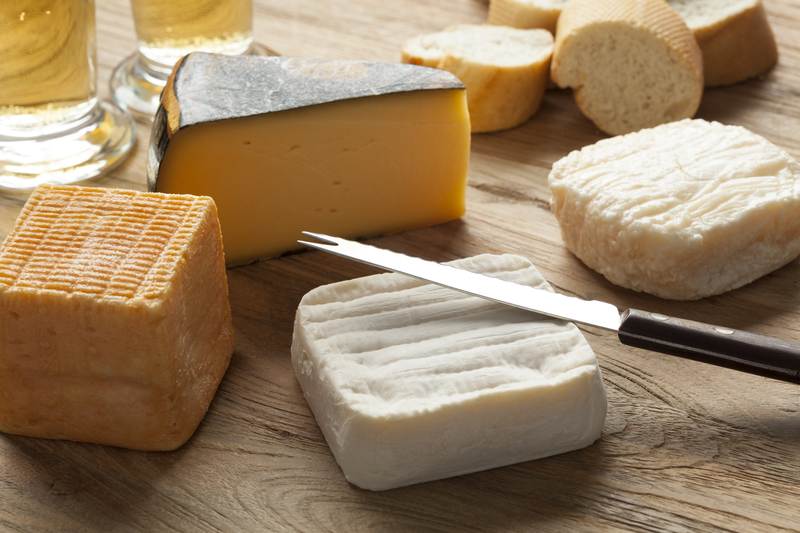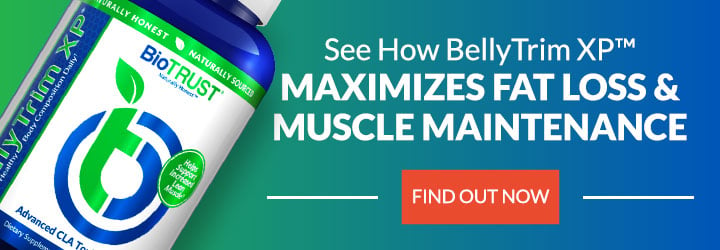The Cheese Face-Off: Which Cheese is Best For You?

With over 300 types of cheese in the United States alone, and more than 2,200 varieties in the world, it should come as no surprise that cheese has made its way into most of our diets. There are even types of cheese suitable for folks who have a lactose intolerance, as well as low-fat, reduced-fat, fat-free, and even dairy-free cheeses.
The USDA has recommended we include 2 – 3 servings of milk or milk-based products each day as part of a healthy diet. Currently cheese is ranked the #2 source of calcium, along with being a valuable source of protein, phosphorus, vitamin A, and zinc.
Fun Fact: Say Cheese! Before the term “say cheese” was coined as a means to get a subject to smile for a photograph, they used the term “say prunes.” Up until the 19th century, smiling was reserved for children and drunk people, so it was frowned upon to smile for a picture. Not to mention, it used to take much longer to sit for a photo—and smiling for up to 15 minutes while the film developed wasn’t easy. Saying “prune” kept the subject’s lips pursed.
Most of us, if asked, would say there may be two or three categories of cheeses—hard, soft, and processed. Would you believe there are actually 8 types of cheeses which all 2,200 varieties fit into?
These types are:
- Blue (e.g., Roquefort, Gorgonzola)
- Hard (e.g., Parmesan, Romano)
- Curds (e.g., Mozzarella, Provolone)
- Semi-Hard (e.g., Cheddar, Colby)
- Semi-Soft (e.g., Havarti, Muenster)
- Soft-Ripened (e.g., Camembert, Brie)
- Soft-Fresh (e.g., Feta, Cottage Cheese)
- Processed (e.g., American, Velveeta®)
So, How is Cheese Made?
In a typical cheese-making operation, the first step is selecting the animal you will gather the milk from. Generally speaking, most of the cheese we consume is prepared from cow’s milk; however, this varies by region. Although smaller factories purchase unpasteurized milk that already has the bacteria present to produce lactic acid (necessary for curdling), larger factories purchase pasteurized milk and must add bacteria culture to produce the lactic acid.
If you are lucky enough to have access to fresh cheese from a local farmer, you may have noticed that these cheeses are often easier to digest. Locally grown and organic foods like farm fresh raw milk cheese provides a variety of benefits. Furthermore, studies have shown that locally sourced and organic foods have more nutrients, including antioxidants, than traditionally grown foods.
The next step in the cheese-making process is to separate the curds from the whey. Animal or vegetable rennet is added, and then the curds are agitated and cut using large knives. As the whey separates, it is drained. This process is typically done using cheese cloth, which is a loosely woven cotton that resembles gauze.
The curds are then pressed into molds and aged for the proper amount of time. Some cheeses are aged for a month; others for several years.
We know cottage cheese has been included in weight-loss programs for as long as diets have been around due to its high protein content in relation to its fat and sodium content. But how about other cheeses? Here’s a list of the 15 most common cheeses, so we can see how one ounce of each compares to one another in terms of nutrition composition.

Based on taste and texture, do you notice anything about your favorite cheeses? If your favorite cheese isn’t on the list, please comment below and I will provide you with the most current information on said cheese, and whether or not there may be better options for you.
I am frequently asked about the “best” foods to eat for specific goals (e.g., losing body fat). The problem is that this list would be different for everyone, because we all have different goals, consume a variety of foods, have genetic predisposition to be sensitive to certain foods (i.e., food allergies/sensitivities), and more. So, it’s important to look at a specific food (e.g., cheese) relative to all these aforementioned factors.
Furthermore, one should look at foodstuffs in the context of the entire diet—not just in isolation. For example, one ounce of cheese could very well be healthful relative to the rest of your diet, and that’s somewhat up to you to determine because you’re in charge of what you eat, how much you eat, etc.
Dairy-Free Options?
For those of you who are looking for a dairy-free version of cheese and haven’t yet found a suitable alternative to meet your dietary needs, look no further. One of my favorite dairy-free cheeses is super simple to make out of one of my favorite nuts.
Ingredients:
- 1 1/2 cups raw cashews, soaked for 12 hours
- 2 Tbsps apple cider vinegar
- 2 Tbsps fresh lemon juice
- 2 Tbsps water
Directions:
- Place raw cashews in a glass dish and cover in water. Place in the refrigerator to soak for 12 hours.
- After 12 hours, drain and rinse the cashews with water
- In a food processor, add cashews and remaining ingredients.
- Blend for 2 minutes or until the mixture is smooth and silky. Set aside for a couple of hours.
- Drape a tall plastic container with cheesecloth. For thinner, more creamy cheese, double up the cloth. For a firmer cheese, use 1 ply.
- Spoon the cheese mixture onto the cheesecloth.
- Pull up the sides of cheesecloth and tie with a piece of string or rubber band.
- Hang the cheese bag on a tall pitcher (or a vase).
- *I use a wooden spoon since those are usually within reach in my kitchen.
- Leave in a warm place for at least 24 hours.
- After 24 hours, remove from cheesecloth and serve.
- *You could add herbs, spices, or flavoring to kick your cheese up a notch.
Nutrition Facts
- Calcium: 10mg
- Calories: 99
- Protein: 2.6g
- Fat: 8g
- Sodium: 3mg






